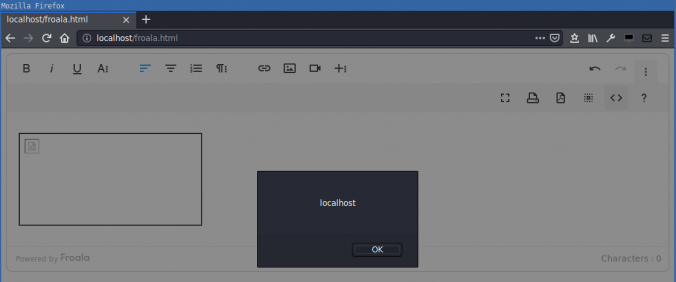ArcGIS [1] is a family of software providing geographic information system services. While testing a customer’s ArcGIS architecture we came across a SAML login flow. In this blogpost we show how we found and exploited an AES-CBC padding oracle in this flow.
Compass Security Blog
Offensive Defense
Page 2 of 5
During a customer project, we could bypass the biometric authentication mechanism of Ionic Identity Vault on Android, because the Android KeyStore entry does not require any authentication. This post shows how this was done and how it can be exploited.
A little bit over a year ago, I wrote an article on this blog about CVE-2020-1113 and how it enabled to execute code on a remote machine through relaying NTLM authentication over RPC triggering a scheduled task on the remote system. History repeats itself and a vulnerability of the same category has been fixed by Microsoft in June this year.
We show how to decrypt passwords from the configuration backup of a Xerox WorkCentre and how, during the reverse engineering, a command injection vulnerability was discovered (CVE-2021-27508).
A post on how to trick browsers to work as a gateway to internal web servers and IoT devices, the concepts behind and how to easily exploit DNS rebinding using the Singularity of Origin framework.
Compass found a DOM-based cross-site scripting (XSS) in the Froala WYSIWYG HTML Editor. HTML code in the editor is not correctly sanitized when inserted into the DOM. This allows an attacker that can control the editor content to execute arbitrary JavaScript in the context of the victim’s session.
Since a few years, we – as pentesters – (and probably bad guys as well) make use of NTLM relaying a lot for privilege escalation in Windows networks.
In this article, we propose adding support for the RPC protocol to the already great ntlmrelayx from impacket and explore the new ways of compromise that it offers.
This vulnerability was discovered by Compass Security in January 2020, disclosed to Microsoft Security Response Center and assigned CVE-2020-1113 as identifier.
A new vulnerability (CVE-2020-0796) affecting SMBv3 has been discovered. The community has started to name this vulnerability SMBGhost because everyone knows this vulnerability is present but no additional details are available. Microsoft also released the advisory ADV200005. [1]
Mobile applications nowadays make heavy use of WebViews in order to render their user interfaces. Frameworks such as PhoneGap / Apache Cordova are even used to implement most of the application’s functionalities using WebViews only.
While native code, both in Android and in iOS, can quickly be analyzed using dynamic analysis tools like Frida, operations performed in WebViews cannot be easily debugged with the same methods.
The idea Some time ago I read a tweet about hunting so-called “sticky-keys backdoors”, referencing a presentation at DEFCON 24, https://www.youtube.com/watch?v=EAYtRQKfna0 In addition to the presentation, the team released a tool called “Sticky Keys Slayer” that is publicly available on GitHub, https://github.com/linuz/Sticky-Keys-Slayer/ The sticky-keys backdoor is using a simple trick. On a Windows system, it is possible […]
© 2025 Compass Security Blog








